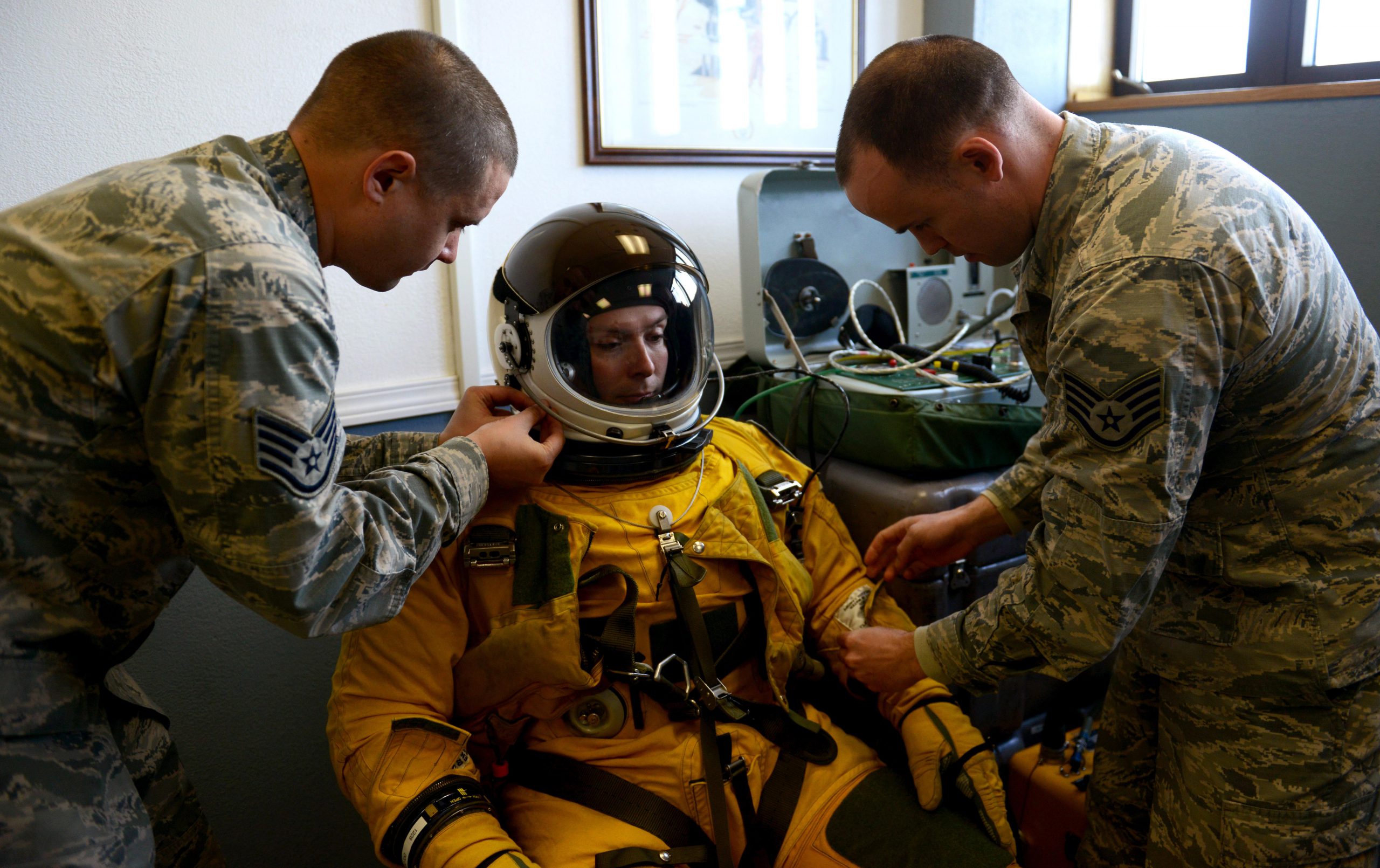This year, the distinctly black U-2S Dragon Lady reconnaissance aircraft from Beale AFB, Cal., flew for the first time.
This year, the distinctly black U-2S Dragon Lady reconnaissance aircraft from Beale Air Force Base, California, flew for the first time at Northern Edge here and showcased the unique capabilities it can bring to the joint fight.

A U-2S Dragon Lady aircraft takes off during exercise Northern Edge 17
Northern Edge, which took place from May 1-12, is Alaska’s premier joint training exercise, hosting about 6,000 service members, 200 fixed-wing aircraft and maritime forces represented by every branch of the military. The focus of the exercise is on interoperability and takes place throughout the state and surrounding waterways.
Testing Experimental Technology
The two-week exercise was utilized by the 9th Reconnaissance Wing to test new experimental technology on the U-2S. This technology fully integrated the U-2S with fourth- and fifth-generation aircraft.
“It’s a big stepping stone for us; it’s the first year the U-2 has participated in Northern Edge. The fact that we have forward deployed to Alaska, we’ve taken over 130 personnel from the [9th RW] and deployed them out to JBER is an achievement,” said Air Force Maj. Dustin, the 99th Reconnaissance Squadron’s wing tactics office weapons school development branch chief.
The diverse team of airmen and civilians that the 9th RW sent to Northern Edge 17 worked closely to accomplish the mission here.
“The camaraderie with everyone has been great; all of us working together to get the mission done. And, it has gone really smoothly,” said Air Force Staff Sgt. David Labarge, a 9th Physiological Support Squadron full pressure suit technician supervisor. “It was very rewarding to be a part of the crew that launched the first jet from here in 30 years.”
Unique Challenges
Operating the U-2 program away from home and in a temporary environment brought about unique challenges in contrast to being back at Beale AFB.
“There are several differences for PSPTS; we are working out of a smaller shop, we only have three Airmen deployed here,” Labarge said. “We are also working hand in hand with maintenance closer than we normally do back at Beale.”

Launch and recovery technicians conduct a preflight inspection on a full-pressure suit
Those in support of the U-2S spent a total of four weeks at JB Elmendorf-Richardson, including two weeks of preparation and two weeks of active flying during the exercise and for the team the benefits of participating are clear.
“The benefits of coming to Northern Edge are two-fold. It allows us to exercise our ability to forward deploy to other locations. Most importantly, it allows the U-2 to demonstrate new advanced technology that is coming out, such as sensor and communication packages,” Dustin said. “This environment will allow the U-2 to advance into the future.”
Gaining Experience
The experience gained and technology tested at this large joint exercise is indispensable and will help carry the U-2S forward.
“We frequently fly exercises out of Beale, in the future we are looking to take the U-2 to other locations to participate in more exercises after this successful run at Northern Edge,” said Air Force Maj. Brian, the Detachment 2, 53rd Test and Evaluation Group director of operations for U-2 and RQ-4 Global Hawk operational tests.
“By merging test development, operational test and experimental technologies, we are looking at opportunities to advance the U-2 program in both the near term as well as the next 2-5 years,” Bain said. “By doing all three of those things, we are encompassing the entire spectrum of the future of the U-2.”










